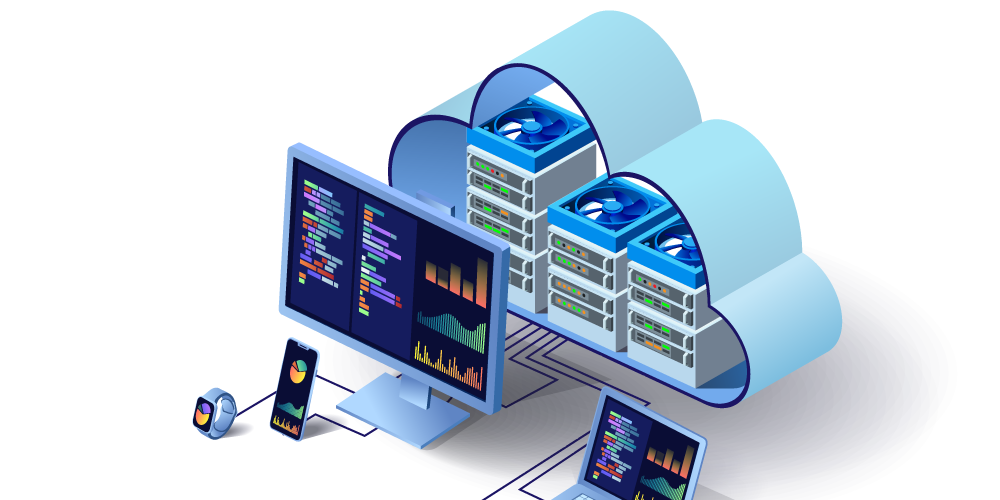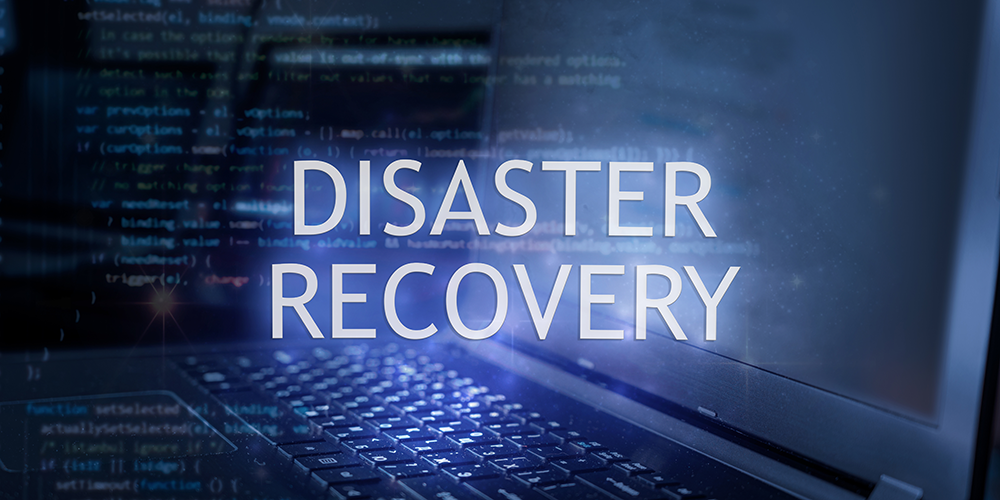
Feb 14, 2022 | SMB Technology, SMB Technology, SMB Technology, SMB Technology, Technology News
Cloud computing, with its many benefits and options, is here to stay. Its popularity continues to grow each year. Read on to learn how cloud offerings will benefit your company, and how to know which offerings to choose. Trends in Cloud Computing Cloud computing, and the spending on it, continues to grow. An article from CompTIA predicted that spending on Software as a Service (SaaS) will reach more than $145 billion in 2022. Interestingly, many businesses show an appetite for public cloud computing. Benefits of cloud computing in general, are the ability to access computing resources over the Internet; infrastructure management by the cloud service provider (CSP) removing the necessity for on-premise infrastructure; the ability to scale resources for varying demand; and the ability to manage costs using a subscription model. Public cloud computing offers these benefits, along with numerous data centers. If one center goes offline, another will pick up the traffic. The rise in demand for public cloud services also offers opportunities for managed service providers to transition to provide more of those services; with this opportunity for growth will come the need for retraining of staff to provide such services. Considerations in Choosing a Cloud Deployment With its benefits, deployment options, and delivery models, cloud computing requires considerations before adoption. When choosing a deployment option, consider your company’s needs before choosing. Public cloud is shared by multiple tenants, and careful attention needs to be paid to security. Since public cloud is expected to be popular, according to CompTIA, security will need to be a key consideration. Additionally, trends predict a change in...

Feb 7, 2022 | SMB Technology, SMB Technology, SMB Technology, SMB Technology, Technology News
What would your company do when faced with a disaster? For example, what would happen if a fire damaged your physical headquarters? And what if a cyberattack compromised your network with its data and applications? Even a short power outage can impact your company’s business operations. Read on to learn more about how a disaster recovery plan can help you protect your company’s technology assets and recover from a disaster. The Importance of a Disaster Recovery Plan Having a detailed disaster recovery plan (DR) for how to proceed during a disaster can make the difference in how well your company recovers, helping you avoid costly downtime and even fines for failure to comply with industry regulations. With this detailed, written plan in effect, your company can stay running, or get back to running, as soon as possible–protecting you from the loss of revenue and reputation resulting from an extended outage or data breach. Key Metrics for a Disaster Recovery Plan According to an article from CompTIA, two key metrics will help you draw up a plan to recover from a disaster, either natural or man-made. The Recovery Point Objective (RPO) defines how much data or service time can be lost before consequences become unacceptable. This objective should be considered ahead of time. For example, what outage duration is acceptable before legal and financial consequences become a reality? How much data can you afford to risk losing? The RPO will determine how often you backup your data, for instance. As far as data goes, what is mission-critical and what can you back up less frequently? With...




